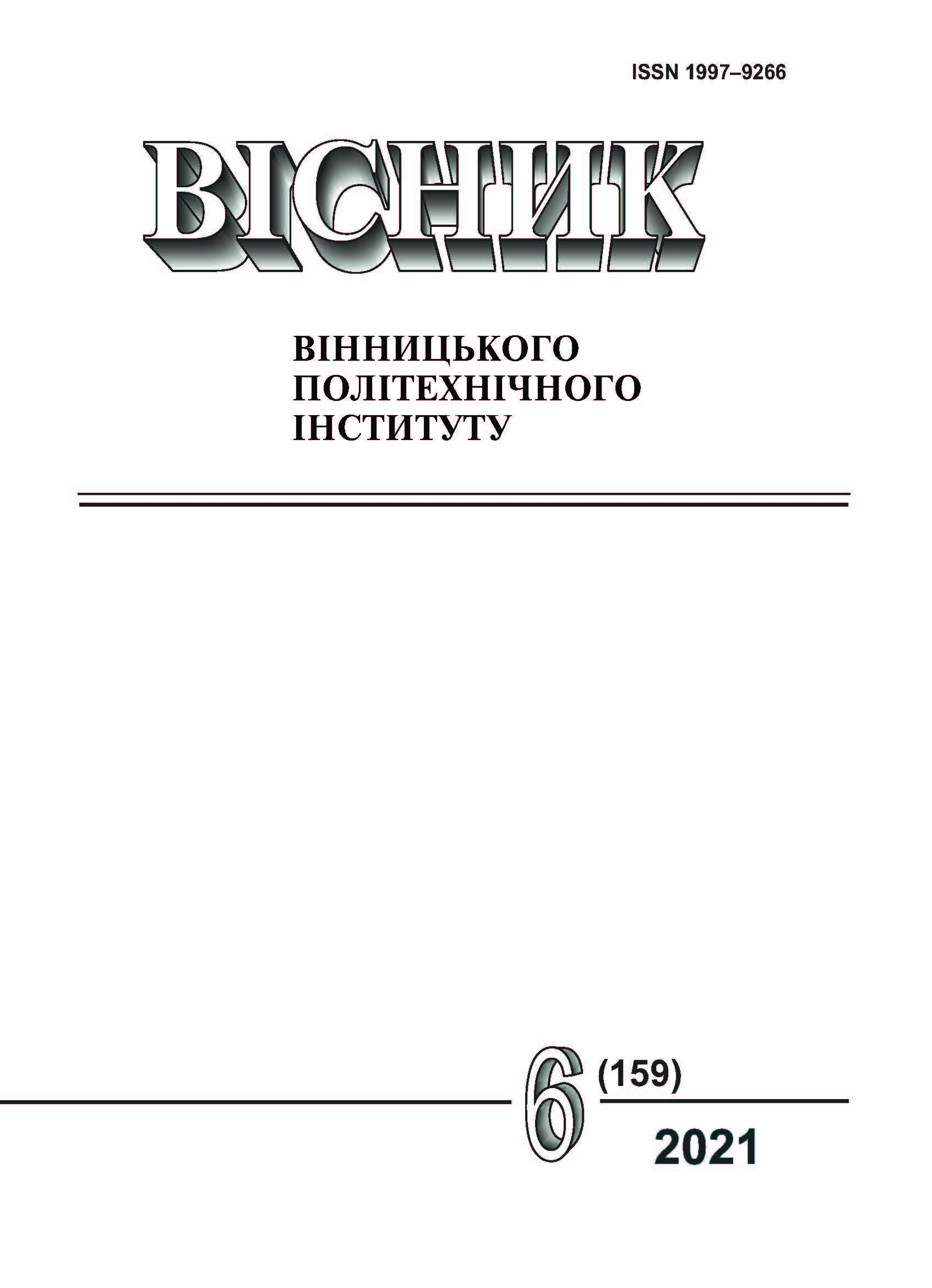Scientific Research of the Influence of Wire Parameters on the Operating Modes of 110 kV Overhead Lines
DOI:
https://doi.org/10.31649/1997-9266-2021-159-6-32-37Abstract
The article considers possibility using eddy current methods, non-destructive testing, in the power industry for contactless measurement instant parameters wires overhead power lines. There have been analyzed, with applied amplitude and phase methods of non-destructive testing, the change instant parameters of steel- aluminum wires with cross-section 240/32 mm2, which are mostly used for overhead power lines 110 kV. Made experimental research have revealed, that with increasing mechanical stresses on the wire and increasing its temperature decreases the electrical conductivity of the wire and increases its resistivity and, accordingly, increases the active resistance of the wire. The results of the presented experimental measurements show that the applied mechanical force on the wire leads to its elongation, in result it increased sagging and possible breakage of the wire, what complicates the operation mode of the line, and with increasing active resistance of the wire at constant current load, decreases transmitted power, and its losses increase, which affects the capacity of power line. To confirm this, using the experimental data, analyzed the capacity of power line and loss of active power of the 110 kV overhead line. The calculation of the relative error confirms the reliability of the results. The researches, which is based on experimental determinations of the influence of mechanical stresses and temperature on the parameters of the steel-aluminum wire with cross-section 240/32 mm2, substantiates the feasibility of using eddy current methods (non- destructive testing), namely the joint use of amplitude and phase methods for contactless measurement of instant parameters overhead power lines wires, for improving operation modes management of electrical networks in real time.
References
Верховна Рада України, Закон України «Про ринок електричної енергії України» від 13 квітня 2017 року, № 2019-VIII, [Електронний ресурс]. Режим доступу: https://zakon.rada.gov.ua/laws/show/2019-19/page .
Неразрушающий контроль: в 8 т. Контроль герметичности. Вихретоковый контроль, В. В. Клюев, Ред. Москва, РФ: Машиностроение, 2003, т. 2, 688 с.
Arsalan Habib Khawaja, and Qi Huang, “Monitoring of Overhead Transmission Lines: A Review from the Perspective of Contactless Technologies,” Sensing and Imaging, vol. 18, pp. 24-18, 2017.
B. Gorkunov, S. Lvov, Y. Borysenko, and S. Tamer, “Multi-parameter electromagnetic method of testing cylindrical conductors,” The scientific heritage, vol. 42, pp. 25-28, 2019.
М. Абрамовиц, и И. Стиган, Справочник по специальным функциям с формулами, графиками и таблицами, М. Абрамовиц, Ред. Москва: Наука, 1979, 832 с.
В. О. Бондаренко, Б. М. Горкунов, В. В. Черкашина, І. Б. Горкунова, і А. Г. Середа, «Розробка методики та практики застосування для безконтактного контролю робочого стану проводів повітряних ліній,» Звіт про виконання НДР № 37479. Харків, Україна: НТУ «ХПІ», 2014, 65 с.
B. Gorkunov, S. Lvov, and Y. Borysenko, “Uncertainty estimation while proceeding multi-parameter eddy current testing,” Системи обробки інформації, вип. 4 (155), с. 92-97, 2018. https:// doi.org/10.30748/soi.2018.155.12 .
Downloads
-
PDF (Українська)
Downloads: 216
Published
How to Cite
Issue
Section
License

This work is licensed under a Creative Commons Attribution 4.0 International License.
Authors who publish with this journal agree to the following terms:
- Authors retain copyright and grant the journal right of first publication.
- Authors are able to enter into separate, additional contractual arrangements for the non-exclusive distribution of the journal's published version of the work (e.g., post it to an institutional repository or publish it in a book), with an acknowledgment of its initial publication in this journal.
- Authors are permitted and encouraged to post their work online (e.g., in institutional repositories or on their website) prior to and during the submission process, as it can lead to productive exchanges, as well as earlier and greater citation of published work (See The Effect of Open Access).





